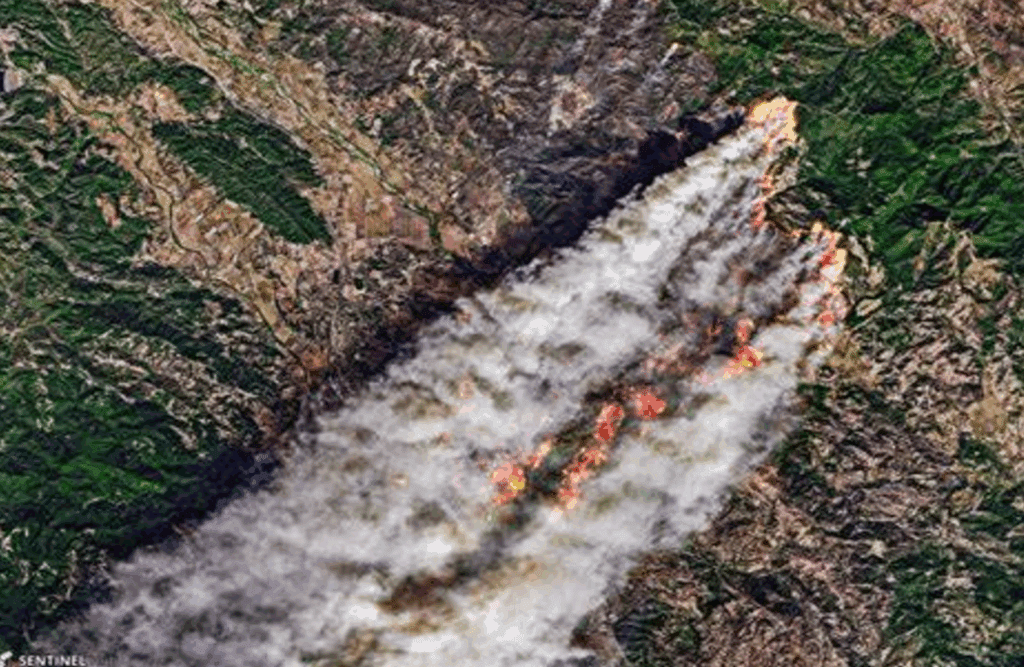The Earth Prediction Innovation Center (EPIC) has released the latest update to the Unified Forecast System (UFS) Short-Range Weather Application, adding new capabilities for modeling wildfires, smoke, and dust for weather model developers and researchers.
These additional features are designed to improve forecasts of wildfires, air quality, and the spread of smoke and dust. This update also integrates two-way fire-atmosphere feedback into the Short-Range Weather Application. This means model developers and researchers can simulate not just how weather conditions influence wildfire behavior and smoke emissions, but how fire and smoke affect nearby weather conditions.
NSF NCAR’s fire behavior model drives this new capability, showcasing the close partnership with NOAA as outlined in the recent Memorandum of Understanding.

Additionally, users can now run high-resolution experiments using 3-kilometer and 1-kilometer grids.
This story, developed with NSF-NCAR, provides more comprehensive information about the new community fire behavior model.
This release was funded by WPO’s EPIC, Synoptic, and Joint Technology Transfer Initiative (JTTI) programs; the National Weather Service Office of Science and Technology Integration (OSTI) modeling programs; and the NOAA Disaster Supplemental Program.
The Short-Range Weather Application Release Working Group includes members from:
- Air Resources Laboratory (ARL)
- Cooperative Institute for Earth System Research and Data Science (CIESRDS)
- Cooperative Institute for Research in the Atmosphere (CIRA)
- Cooperative Institute for Research in Environmental Sciences (CIRES)
- Cooperative Institute for Satellite Earth System Studies (CISESS)
- Cooperative Institute for Severe and High-Impact Weather Research and Operations (CIWRO)
- Developmental Testbed Center (DTC)
- Earth Prediction Innovation Center (EPIC)
- Geophysical Fluid Dynamics Laboratory (GFDL)
- Global Systems Laboratory (GSL)
- National Center for Atmospheric Research’s (NCAR’s) Climate and Global Dynamics (CGD) Laboratory and Research Application Laboratory (RAL)
- National Centers for Environmental Prediction/Environmental Modeling Center (NCEP/EMC)
- National Severe Storms Laboratory (NSSL)
- Physical Sciences Laboratory (PSL)





